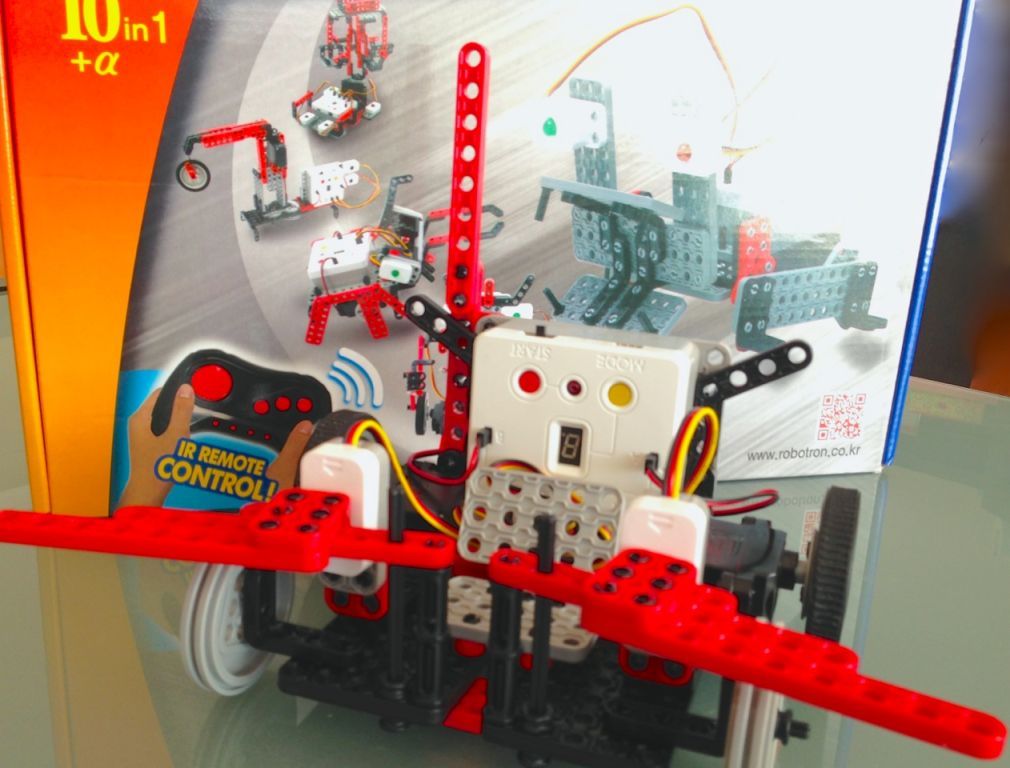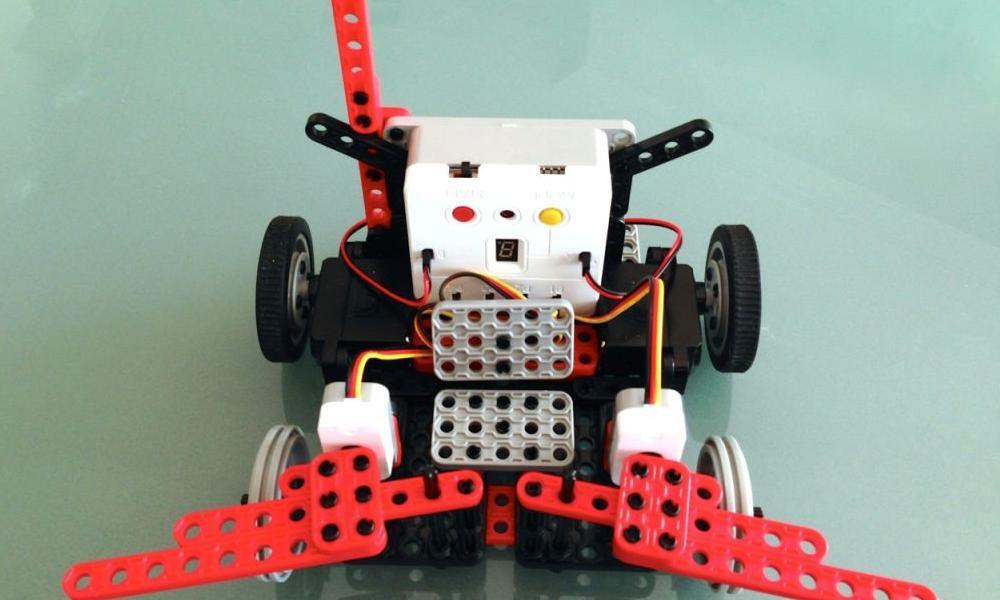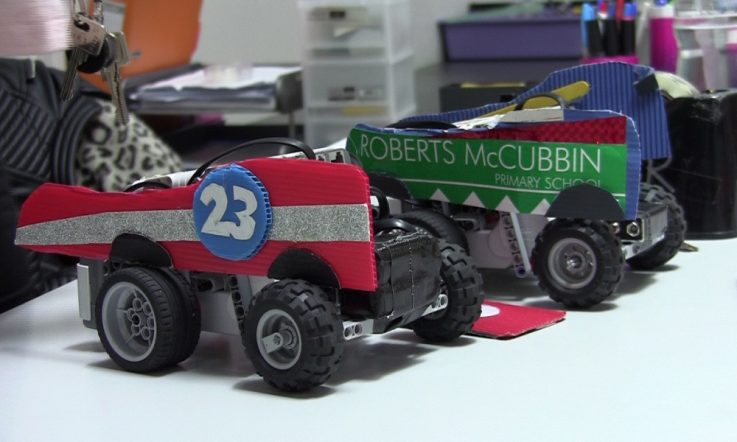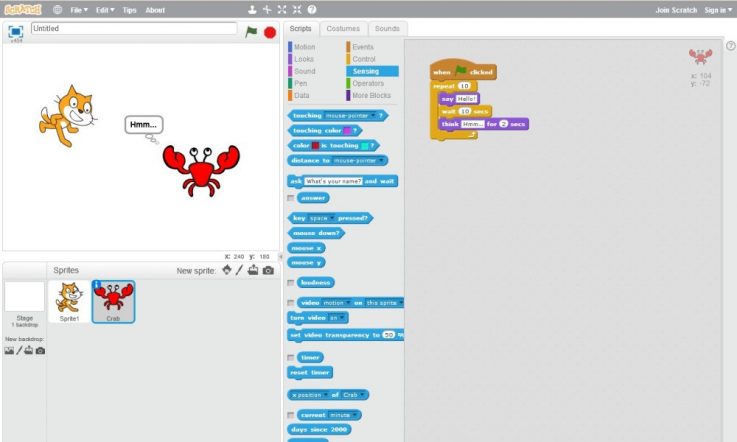Whether the much debated Digital Technologies curriculum moves forward in its present state or not, computational thinking and robotics still appeal to tech-savvy teachers who wish to give students an opportunity to play, create and control machines.
Most of my experience with ICT hasn't been about technology, but rather how to use technology to do things better or faster.
I wanted to see how a robotics kit could help students understand aspects of the Australian Digital Technologies Curriculum, in particular the following areas:
Foundation to Year 2 | Digital Technologies | Digital Technologies Knowledge and Understanding
Identify, use and explore digital systems (hardware and software components) for a purpose
Foundation to Year 2 | Digital Technologies | Digital Technologies Processes and Production Skills
Follow, describe and represent a sequence of steps and decisions (algorithms) needed to solve simple problems
Years 7 and 8 | Design and Technologies | Design and Technologies Knowledge and Understanding
Analyse how motion, force and energy are used to manipulate and control electromechanical systems when designing simple, engineered solutions
There are other potential curriculum links, but these were enough to entice me to learn how to build my first robot.
In my opinion, the RoboTami Smart Robot Construction kit certainly is as ‘creative and educational' as the box claims. Inspired by my new favourite household appliance, the robotic vacuum that my family calls ‘Mr Roboto', I decided to build the Bumper Car model which uses a touch sensor to navigate.

Image: Christine Haynes.
I was impressed by the visual nature of the guide and the links to the Science, Technology, Engineering, Arts and Mathematics (STEAM) curriculum. There was also a reasonable explanation of why you might want a robot that emulates human senses.
The visual step-by step instructions were easy to follow, if you overlook the spelling errors of this overseas product. I did make a few mistakes along the way, and eventually discovered the 'new disassembly tool', which assists in removing rivets, can be quite challenging to pull out.
Although rated for age 7+, I think students at the younger end of this age group would require adult support for troubleshooting and the trickier parts, such as tyre assembly. There are also many little bits and pieces to account for, but thankfully each step includes an inventory stage.
The RoboTami also has a remote control, but I had more success with the auto-programming mode as I suspect there was a slight problem with the remote control receiving module on the kit I tested.
I do think groups of children would enjoy the collaborating and problem-solving that occurs when putting the machines together and operating them. This hands-on approach to learning computer science concepts should prove an engaging and open-ended starting point.
The real learning happens when students apply knowledge in order to program the technology, design procedures for a purpose, and relate the experience to the intended learnings.
Incorporating the Digital Technologies Curriculum may post many challenges for teachers who do not already have a background in computational thinking. However, technologies such as robotics kits offer a uniquely motivating way to get students thinking, problem-solving and problem-posing.
Overall, at $185.90 from Education Technology Specialists, I think the Korean-made RoboTami Smart kit has appeal over other more expensive robot construction kits. Other more advanced models for older students offer programmability (via PC only).
The views in this article are those of the author. Teacher does not endorse any particular supplier.
Have you experimented with robotics in the classroom?
What did you hope to achieve? Did you find it was beneficial to learning?
Were the students able to easily apply prior knowledge to the activity?



